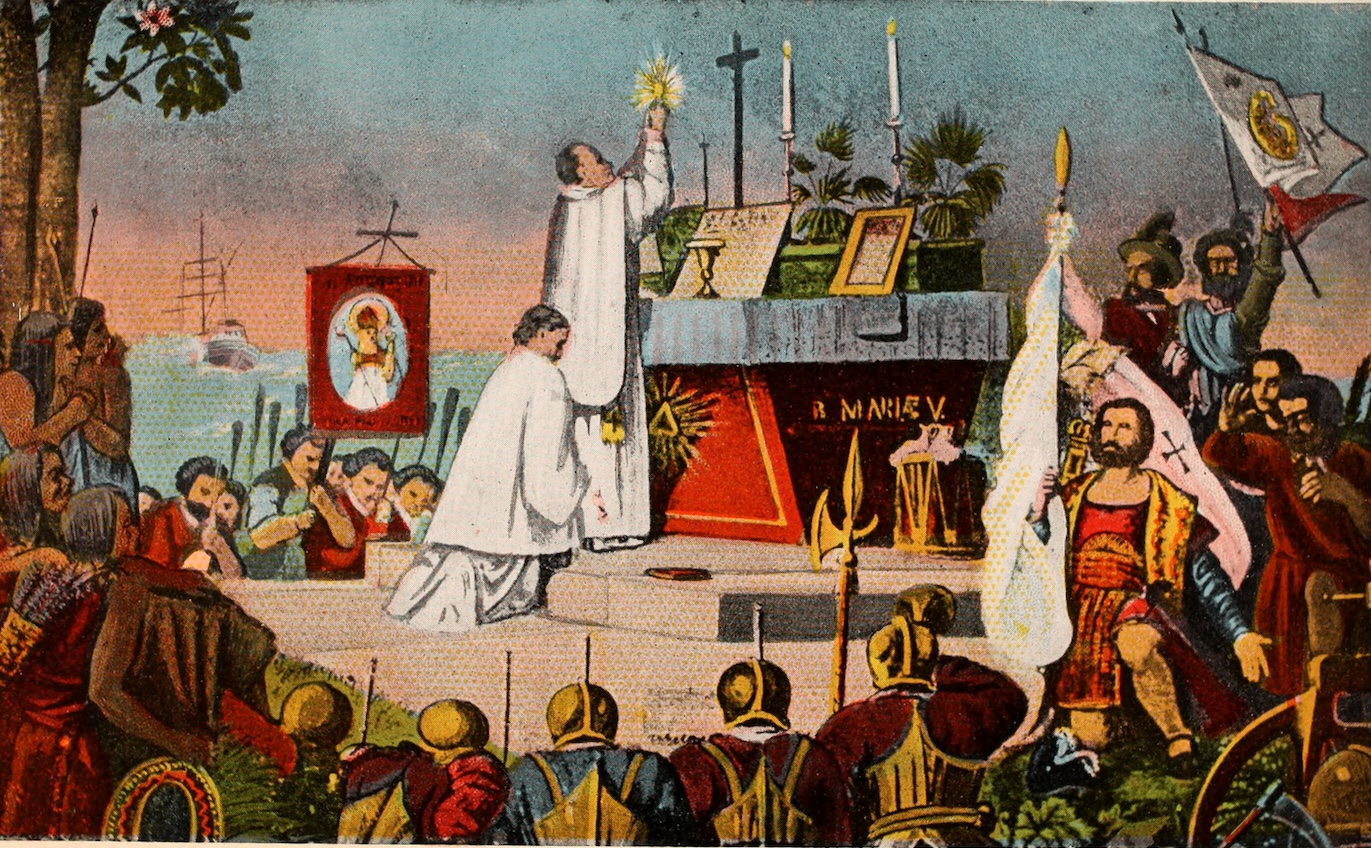For Millennials, parents of Millennials, and non-muggles, today's feast day will bring to mind memories of a rather generous birthday gift purchased by Rubeus Hagrid at Eeylops Owl Emporium on the occasion of Harry Potter's eleventh birthday. Some may point to other notable Hedwigs, such as the Austrian actress Hedwig (Hedy) Lamarr, or Himmler’s mistress, Hedwig Potthast. But the most well-known Hedwig in the modern era must surely be the brave and loyal companion of the Boy Who Lived.
She served Harry faithfully throughout his years at Hogwarts, delivering letters and affectionately visiting him at breakfast in the Great Hall. She travelled as far afield as Romania, on dragon business, and was a source of constant encouragement during the long summers locked up in Privet Drive. She met her untimely end just six years after being entrusted to Harry when she stood in the way of a killing curse that would likely have struck her original purchaser, Hagrid, instead.
St Hedwig of Silesia has little in common with her avian namesake. She was born into nobility, not servitude, and married Henry I the Bearded, Duke of Silesia — situated in the south of modern-day Poland, with parts extending into the Czech Republic and Germany — a devout and apparently barbate man. During their forty-five-year marriage they had seven children and founded hospitals, monasteries, and schools to advance the Faith and care for the poor. When Henry died, St Hedwig went to live in one of those foundations: Trzebnica Abbey, a Cistercian convent.
St Hedwig’s heroic life is also a salient reminder in modern times of why the Church need take no lessons from secular society about the role of women.
The recent appointment of the first female Anglican Archbishop of Canterbury predictably prompts the familiar chorus of secular voices asking when Catholics might hurry up and do the same. But St Hedwig reminds us that for much of European history women had only two well-trodden routes to eminence: through nobility and sanctity (St Hedwig was both).
From the kingmaker and war-winner Joan of Arc to the mystical writers Margery Kempe and Julian of Norwich, the Church provided a way for women to become trailblazers. Before Radcliffe, Austen, and the Brontë sisters ushered in a flourishing of female-written literature, women in cloisters and confraternities — often illiterate — were shaping the ecclesiastical and cultural life of their day. St Catherine of Siena was a powerful diplomat, credited with convincing the last Avignon Pope to return to Rome. St Hildegard of Bingen is generally regarded as the founder of scientific natural history in Germany.
It was not until the nineteenth century that women were permitted to study in British universities, having long been barred from those institutions. Yet within the Church, they were running monasteries as centres of learning and innovation centuries earlier.
Indeed, it is noteworthy that it was Hedwig, not Henry the Bearded, who was canonised. In the celestial court of heaven, Henry will be introduced as the husband of Hedwig, while Saintly Hedwig will need no introduction. Such was the frequency of medieval female saints that the following century produced another Saint Hedwig — Saint Hedwig of Poland — who lived less than a hundred kilometres away.
On the feast of St Hedwig of Silesia, the Church, which gave women a voice long before the public realm did, should remember that she has nothing to learn from secular society on female representation. St Hedwig of Silesia, pray for us.




.jpg)



.jpg)
.jpg)






